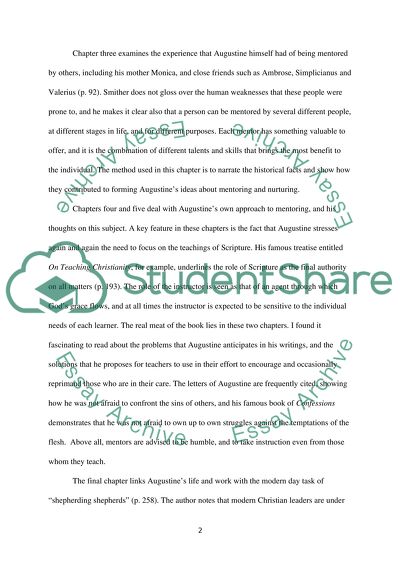Cite this document
(“Augustine as a Mentor, Edward L. Smither Book Report/Review”, n.d.)
Retrieved from https://studentshare.org/religion-and-theology/1460039-augustine-as-a-mentor-edward-l-smither
Retrieved from https://studentshare.org/religion-and-theology/1460039-augustine-as-a-mentor-edward-l-smither
(Augustine As a Mentor, Edward L. Smither Book Report/Review)
https://studentshare.org/religion-and-theology/1460039-augustine-as-a-mentor-edward-l-smither.
https://studentshare.org/religion-and-theology/1460039-augustine-as-a-mentor-edward-l-smither.
“Augustine As a Mentor, Edward L. Smither Book Report/Review”, n.d. https://studentshare.org/religion-and-theology/1460039-augustine-as-a-mentor-edward-l-smither.


